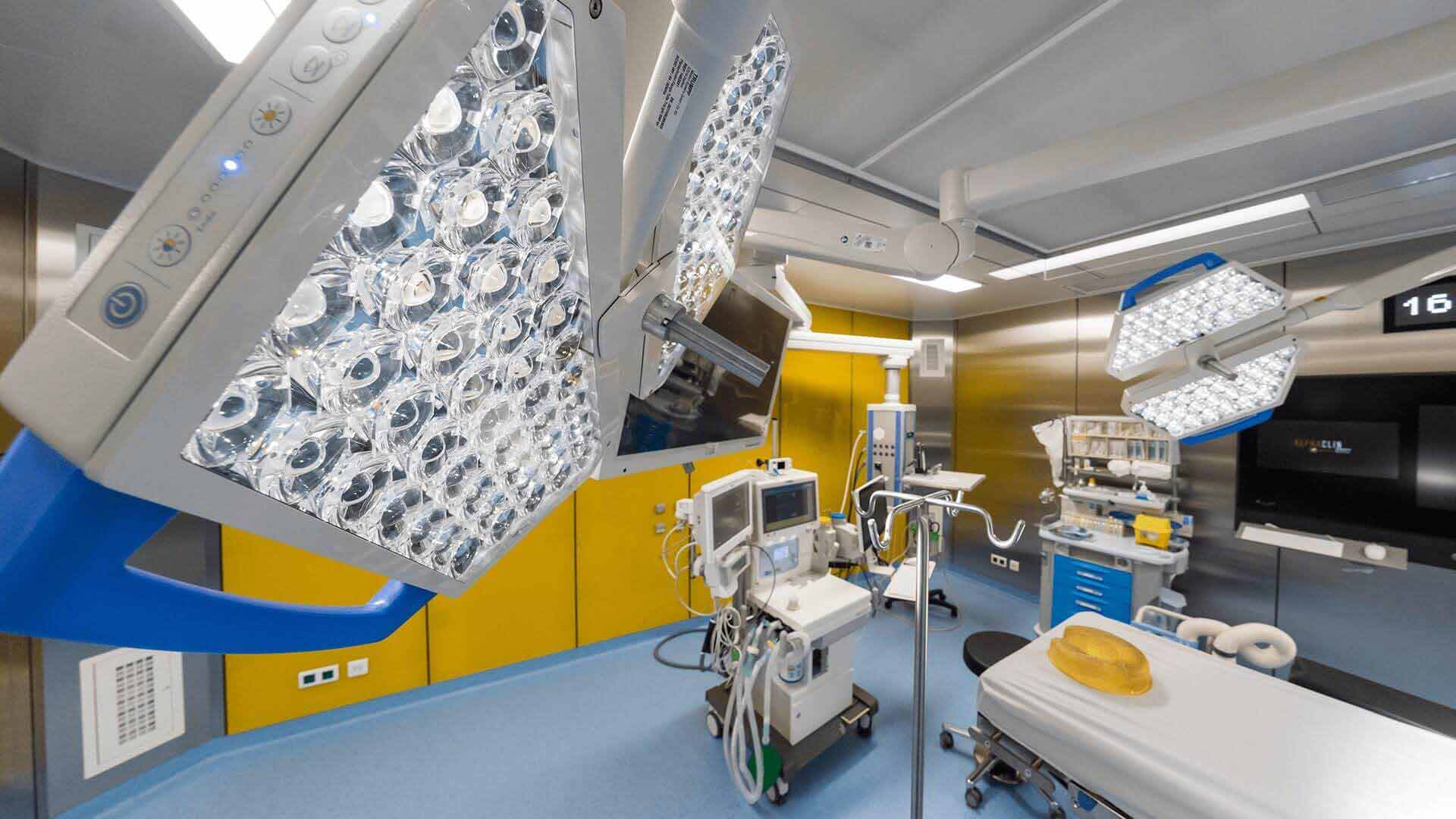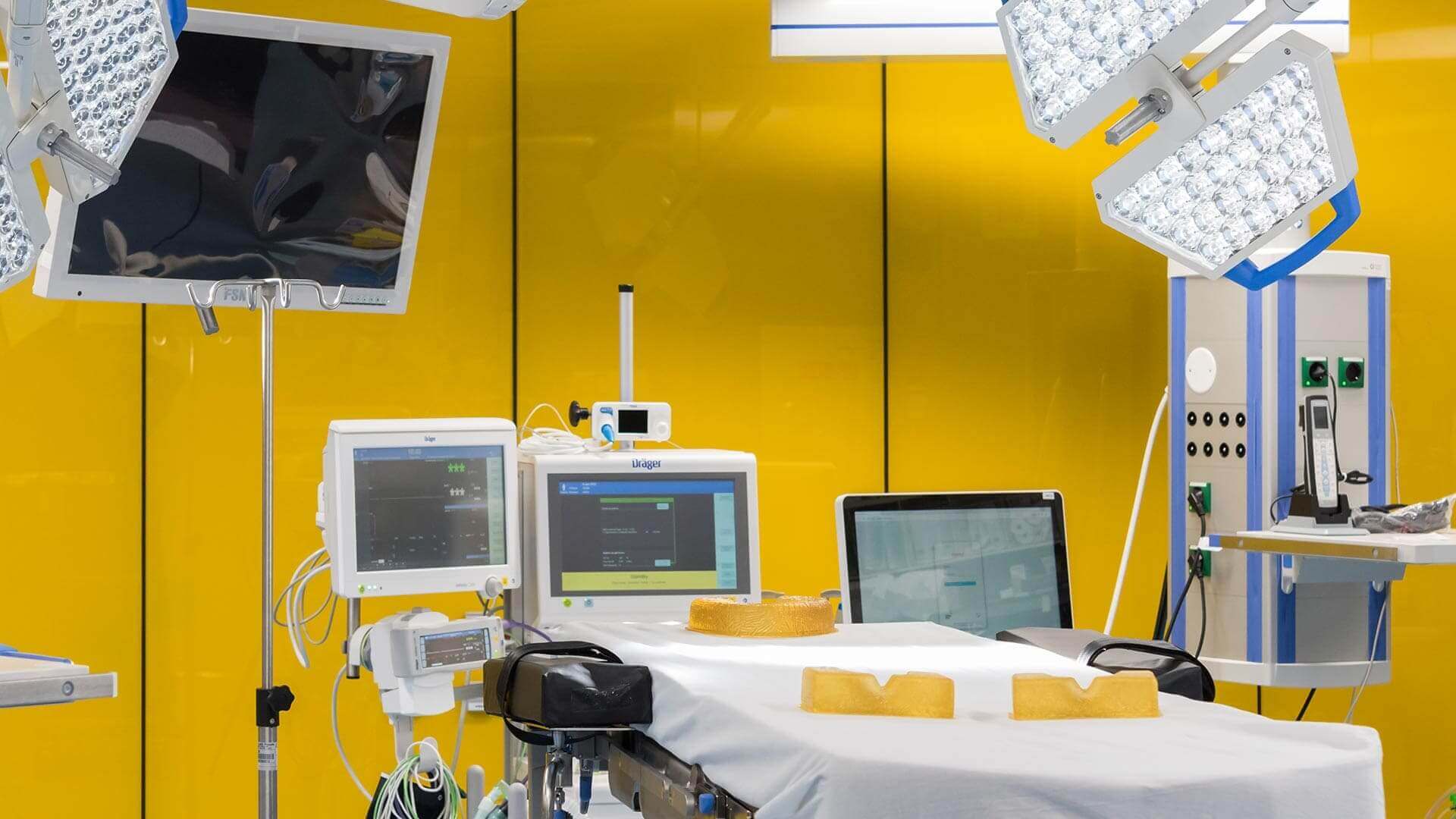Hernia Consultations are carried by experienced physicians who devise accurate individualised treatment plans. Hernias can present at birth or develop later due to metabolic changes, by a random combination of these, or due to incorrect healing of wounds. Currently there is not a proven genetic tendency to develop hernias.
Although it is not entirely possible to avoid hernias, there are steps that help prevent them, namely avoiding habits that weaken the soft tissues of the body such as smoking or unhealthy diet. Other risk factors include pregnancy, obstipation, chronic cough, and excessive muscle strain.
Hernias are common and can affect people of all ages.
- Inguinal hernia, located in the groin, affecting mainly men.
- Umbilical hernia, occurring in the umbilicus (navel).
- Incisional hernia, which occurs at or in close proximity to an abdominal surgery scar.
- Femoral hernia, a protrusion in the thigh, near the groin area.
At the Carcavelos Surgical Clinic, specialised physicians determine the best treatment method for each case, complementing their evaluation with a physical examination and imaging.
At Joaquim Chaves Saúde you will find an experienced team to diagnose hernia conditions quickly and precisely and define the most adequate treatment plan. Count on us to get your health and quality of life back.



